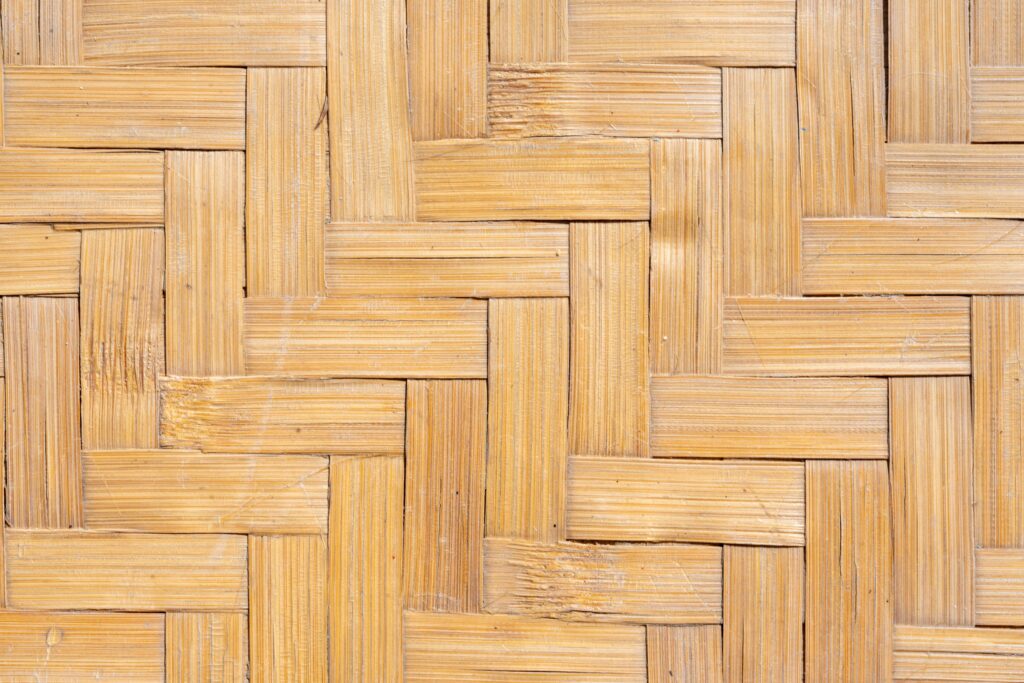Hardwood Floor Refinishing: Why Sanding Costs More Than Buffing
Hardwood floor refinishing costs can vary — but why? Learn the real difference between sanding and buffing, what affects pricing, and how to choose the right option for your floors.

Hardwood floor refinishing can be a rabbit hole of decisions. One minute you’re just thinking about refreshing your floors, and the next you’re knee-deep in choices about sanding versus buffing, finishes, stains, and, of course, cost. But let’s cut to the chase — most people just want to know one thing: what’s it going to cost me, and why does it vary so much?
If you’re comparing sanding and buffing, the price gap can be a bit confusing. On the surface, they both seem like ways to get your hardwood looking better. But the difference between them — and their price tags — isn’t just about what tools are used. It’s about the level of work involved, the purpose of each method, and what your floor actually needs.
Let’s break it down in real, everyday terms.
First, What’s the Deal With Sanding and Buffing?
Think of sanding like a reset button. It’s a full-on process that strips the hardwood floor down to bare wood. You’re removing old finishes, scratches, dents, discoloration — the whole shebang. It’s intense. Machines grind down the surface, sometimes multiple times with different grits, until the floor is smooth and raw. Then you’re looking at staining, sealing, and applying multiple coats of finish.
Buffing, on the other hand, is more of a tune-up. Sometimes called screening, it scuffs the top layer of finish just enough so a new coat can stick. No stripping down to bare wood. No deep repairs. It’s quicker, cleaner, and way less disruptive. But it only works if your floor is in relatively good shape — no deep gouges or worn-down spots.
Why the Big Price Difference?
Alright, let’s talk money. The hardwood floor refinishing cost for sanding is almost always higher. And honestly, it makes sense. You’re paying for more labor, more materials, and more time.
Typical hardwood floor refinishing prices for sanding range from $3 to $6 per square foot, depending on your location, the condition of the floor, and what kind of finish you choose. Throw in things like stain colors or oil-based vs. water-based polyurethane, and those numbers can jump.
Buffing is cheaper — usually around $1 to $2.50 per square foot. Since you’re not stripping everything down, the process takes less time, uses fewer materials, and doesn’t require the same level of skill. That lower price reflects the lighter touch.
But here’s the kicker: cheaper isn’t always better. If your floor needs sanding but you try to get by with buffing, you’ll just end up wasting money. That new coat of finish will look okay for a bit, but the scratches and wear underneath will still be there. It’s like painting over a dented wall — it doesn’t fool anyone for long.
Don’t Let Square Foot Costs Fool You
One of the most common mistakes people make is looking at hardwood floor refinishing prices per square foot and thinking that’s all they need to budget for. But there’s more to it.
There are prep costs. Furniture has to be moved. Old carpet might need to be ripped out. Some companies charge extra if your floor has a lot of nails or previous finish layers that make sanding tougher.
Then there’s cleanup. Sanding creates dust — a lot of it. Even with dustless systems, there’s usually some post-job cleaning involved. Buffing, by comparison, is much cleaner and quicker, but again, it’s not a one-size-fits-all fix.
You might also run into minimum job charges. If you’ve got a small space, the company might charge a flat rate instead of per square foot — and that can skew how the final cost looks on paper.
When Buffing Makes Sense (And When It Doesn’t)
So, how do you know if buffing is even an option? Well, if your floor is just looking a little dull or has some minor surface scratches, buffing can be a smart move. It freshens things up without the mess or high cost of sanding.
But if the finish is worn through in spots, the wood is turning gray from oxidation, or you’ve got dents and deep scratches, sanding is the only way to go. There’s no shortcut there — not one that lasts, anyway.
A lot of homeowners try to save money by going with the cheaper option, but it backfires. You end up needing to redo everything within a year or two, which just means paying more in the long run.
Hardwood Floor Refinishing Cost: What Else Affects It?
There are a few curveballs that can mess with your hardwood floor refinishing cost. Type of wood is one. Softer woods like pine tend to dent easier and might require more careful sanding. Exotic woods can be trickier and more expensive to work with.
Finish choice matters, too. Water-based finishes dry faster and are less smelly, but they usually cost more upfront. Oil-based finishes take longer to cure and smell stronger, but they tend to be cheaper per gallon and more durable over time.
And don’t forget about stain. Adding color means extra steps — sanding, testing colors, applying stain evenly, and allowing proper drying time before sealing. That’s more labor, which bumps up the price.
Real Talk: Should You DIY This?
Tempting, right? Rent a sander, buy some finish, watch a few YouTube videos — how hard could it be?
Honestly? Pretty hard.
Sanding is not beginner-friendly. If you hold that machine wrong or stay in one spot too long, you’ll gouge your floor. And those mistakes are expensive to fix. Even buffing requires the right touch and the right materials. You might save money upfront, but mess it up and you’ll spend more trying to fix it.
Sometimes it’s better to just call someone who knows what they’re doing — especially when you’re talking about thousands of dollars in hardwood flooring refinishing work.
So What Should You Actually Do?
Start by figuring out what your floor needs. Not what’s cheapest — what’s right. If the wear is superficial, buffing could be the quick refresh you’re looking for. But if your floors have seen better days, sanding is worth the investment.
Ask a few pros to take a look. Get detailed quotes, not just square foot numbers. Make sure they explain what’s included, what might cost extra, and what kind of finish options they recommend.
Hardwood floor refinishing isn’t just about cost. It’s about value — getting the longest life and best look out of the floors you already have. And whether you end up sanding or buffing, doing it right means your floor will look good for years — not just for now.
Final Thought
There’s no magic number for hardwood floor refinishing prices. It all depends on what your floors actually need. But now you’ve got a better sense of where the money goes, why sanding costs more than buffing, and how to make a choice that makes sense — for your home and your wallet.
Because at the end of the day, a good floor isn’t just about how it looks. It’s about how it holds up when life happens — kids, pets, spills, everyday wear and tear. And that’s something worth getting right.
For further details, please visit How to Remove Paint on Hardwood Floor? | Robar Flooring
